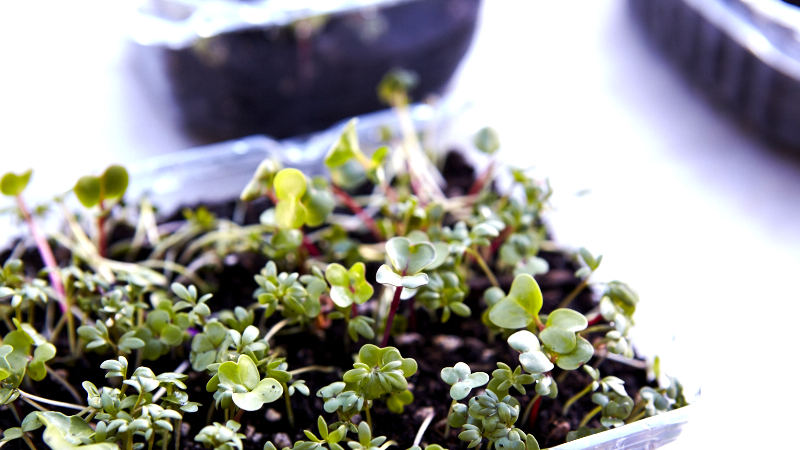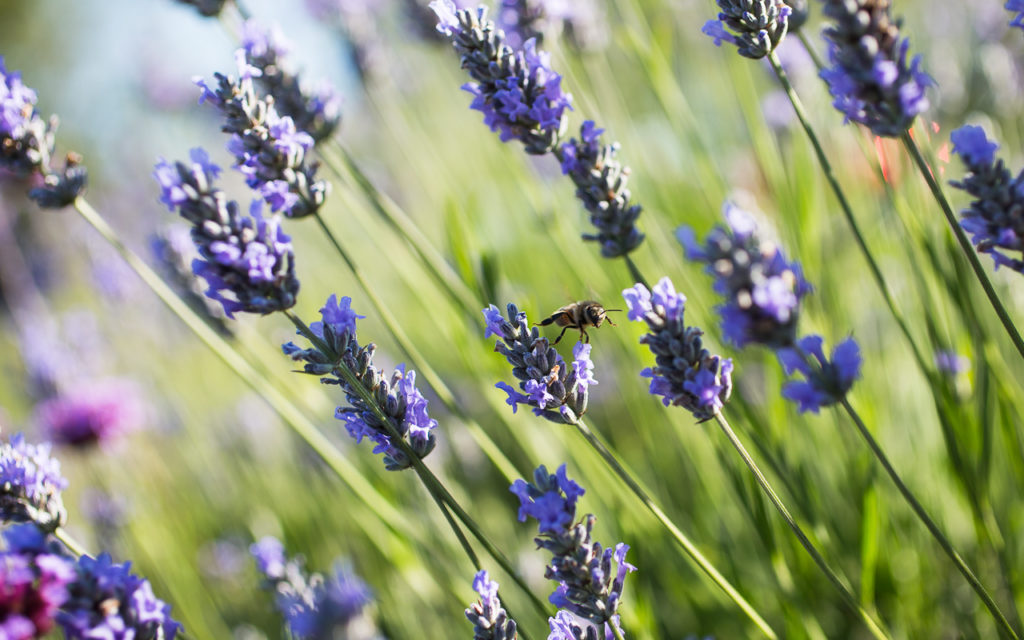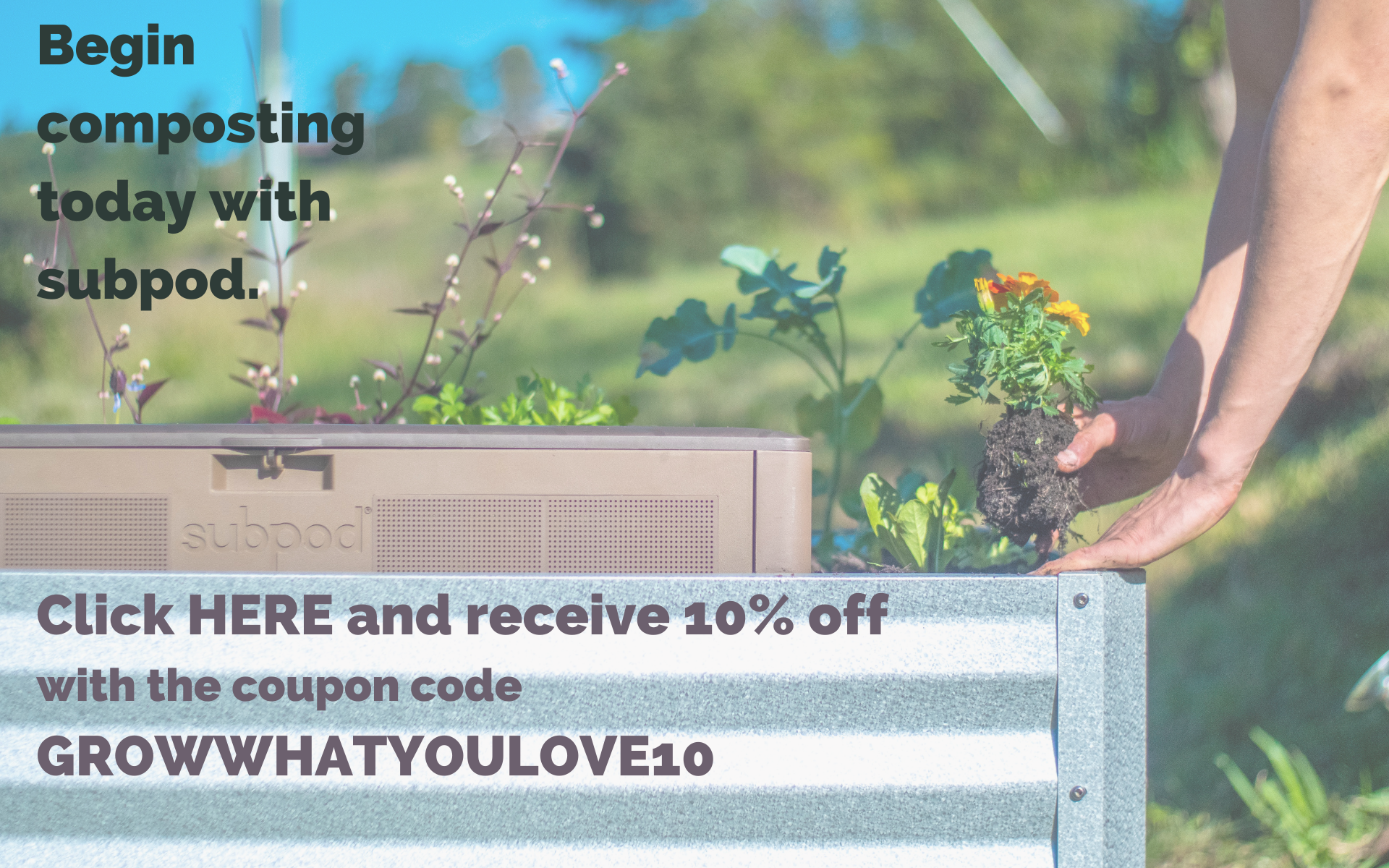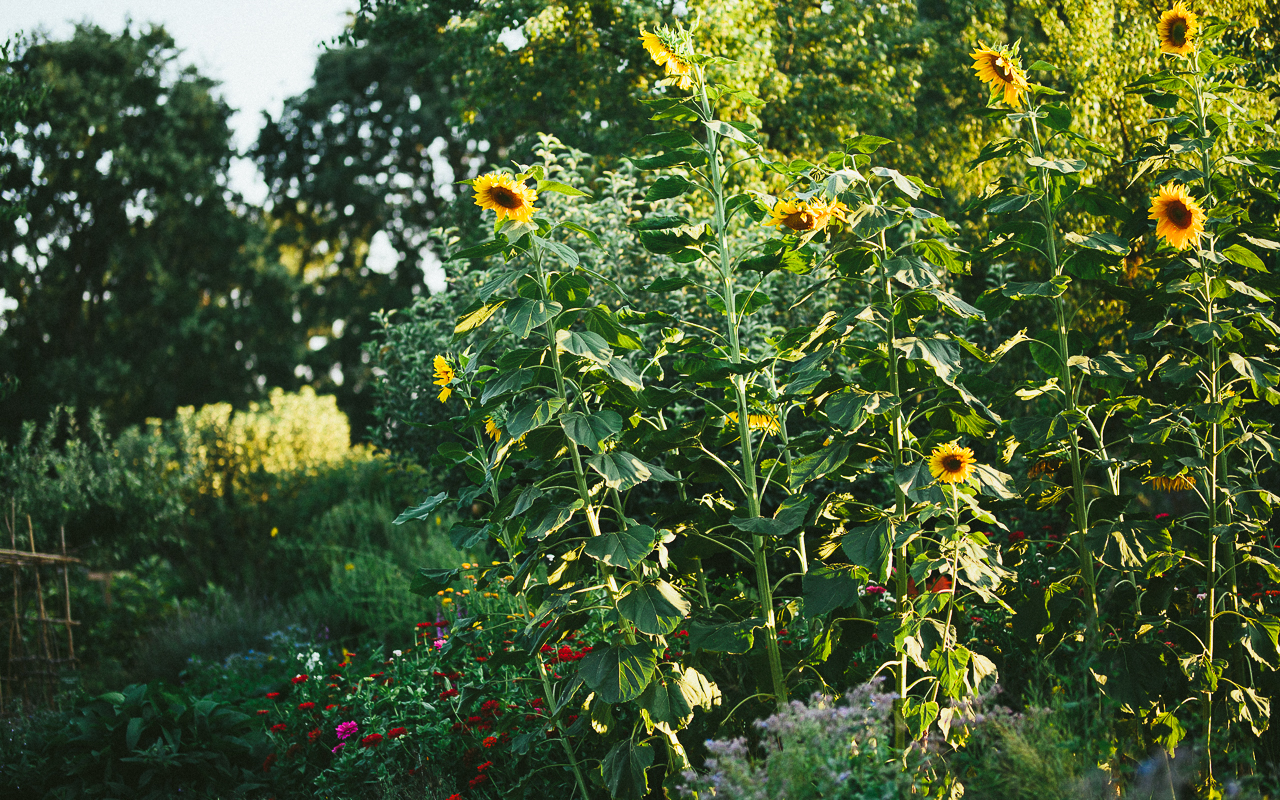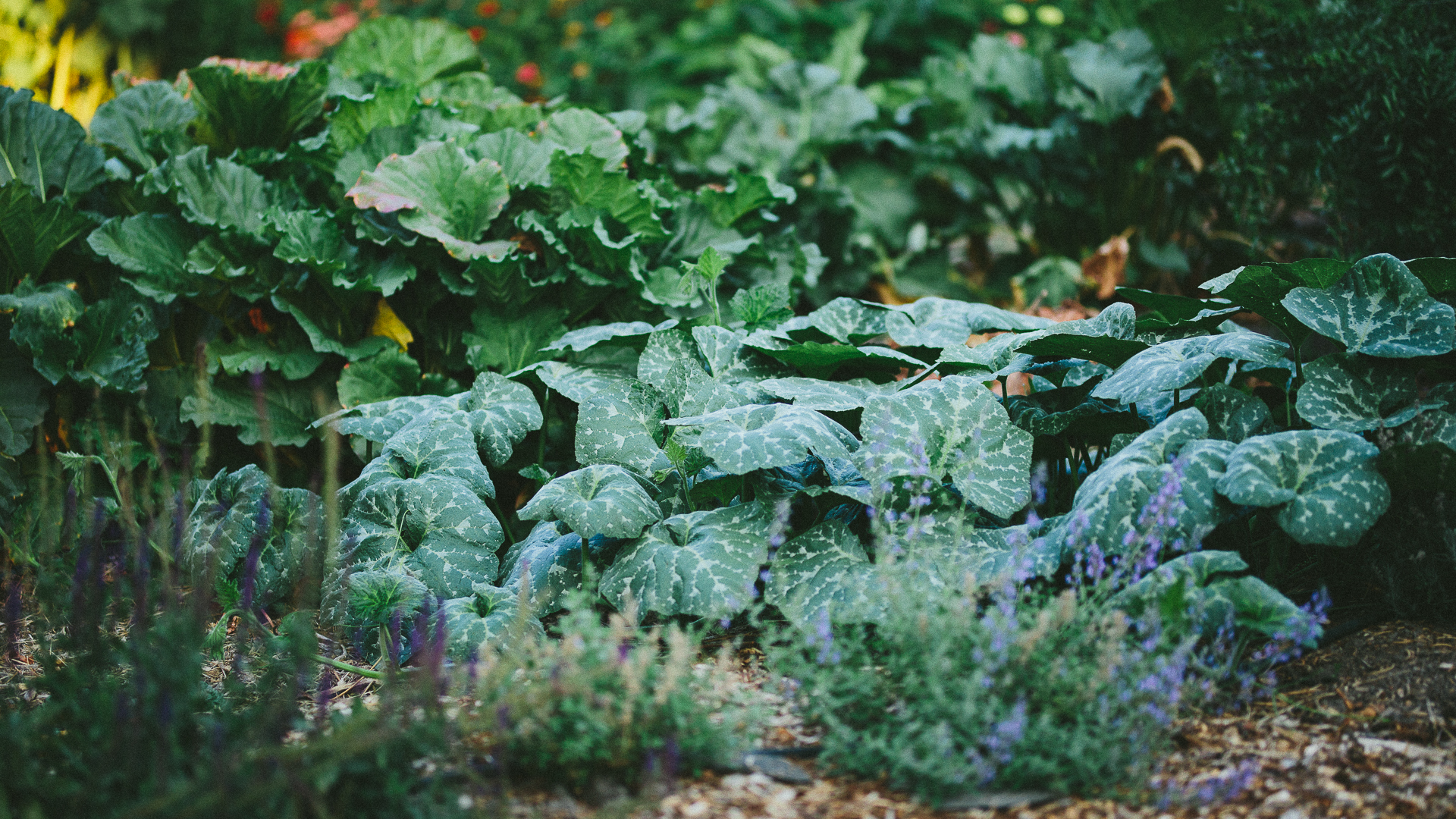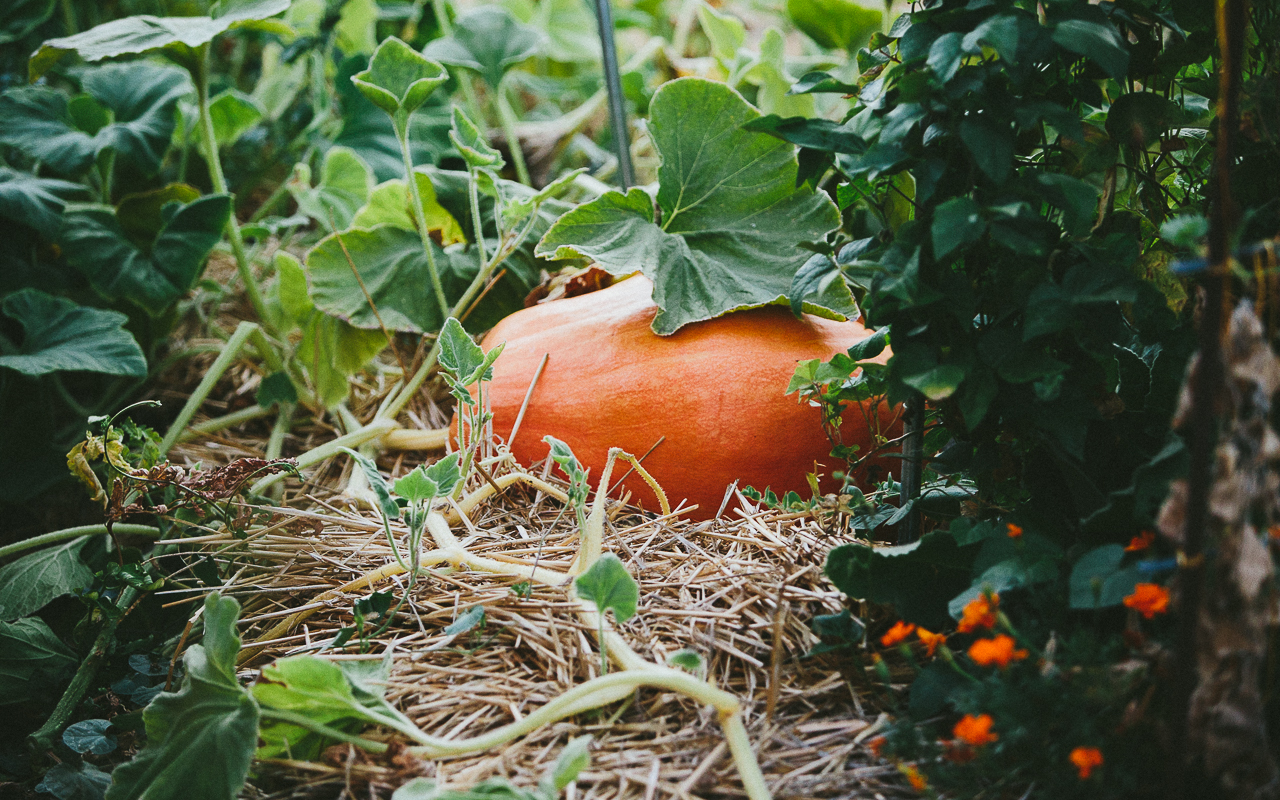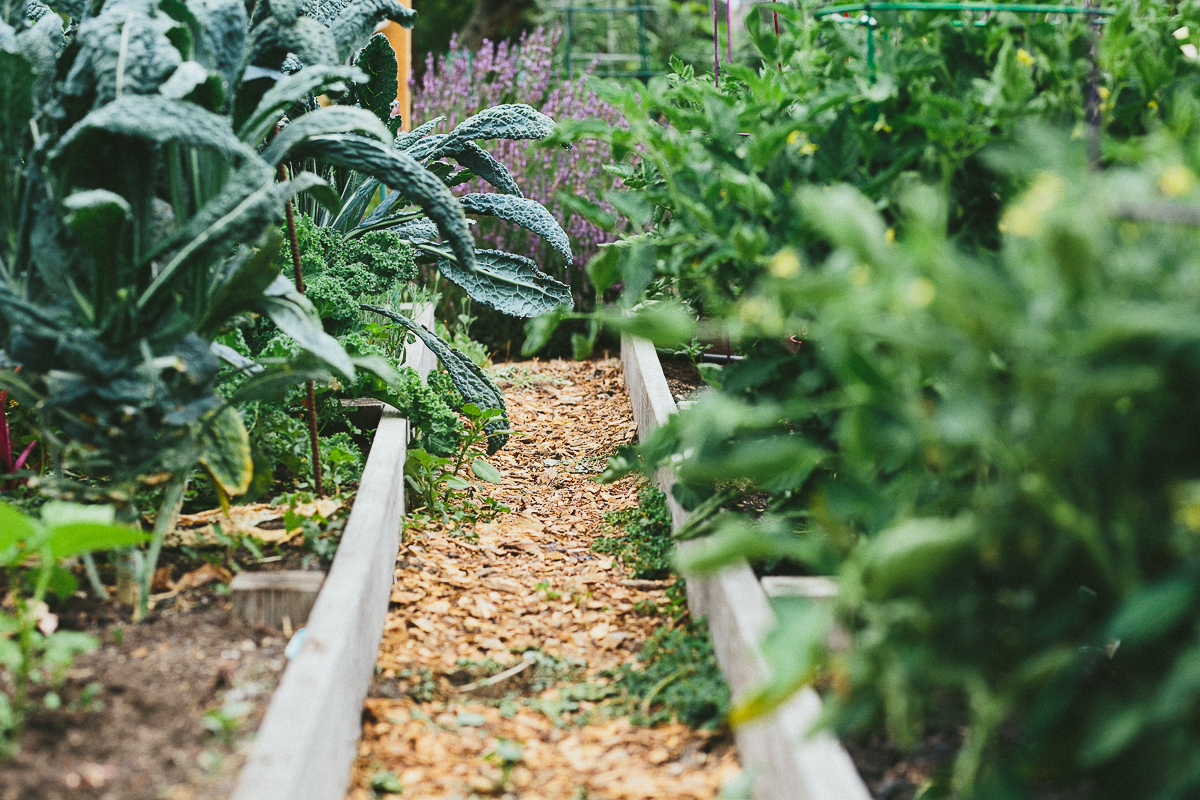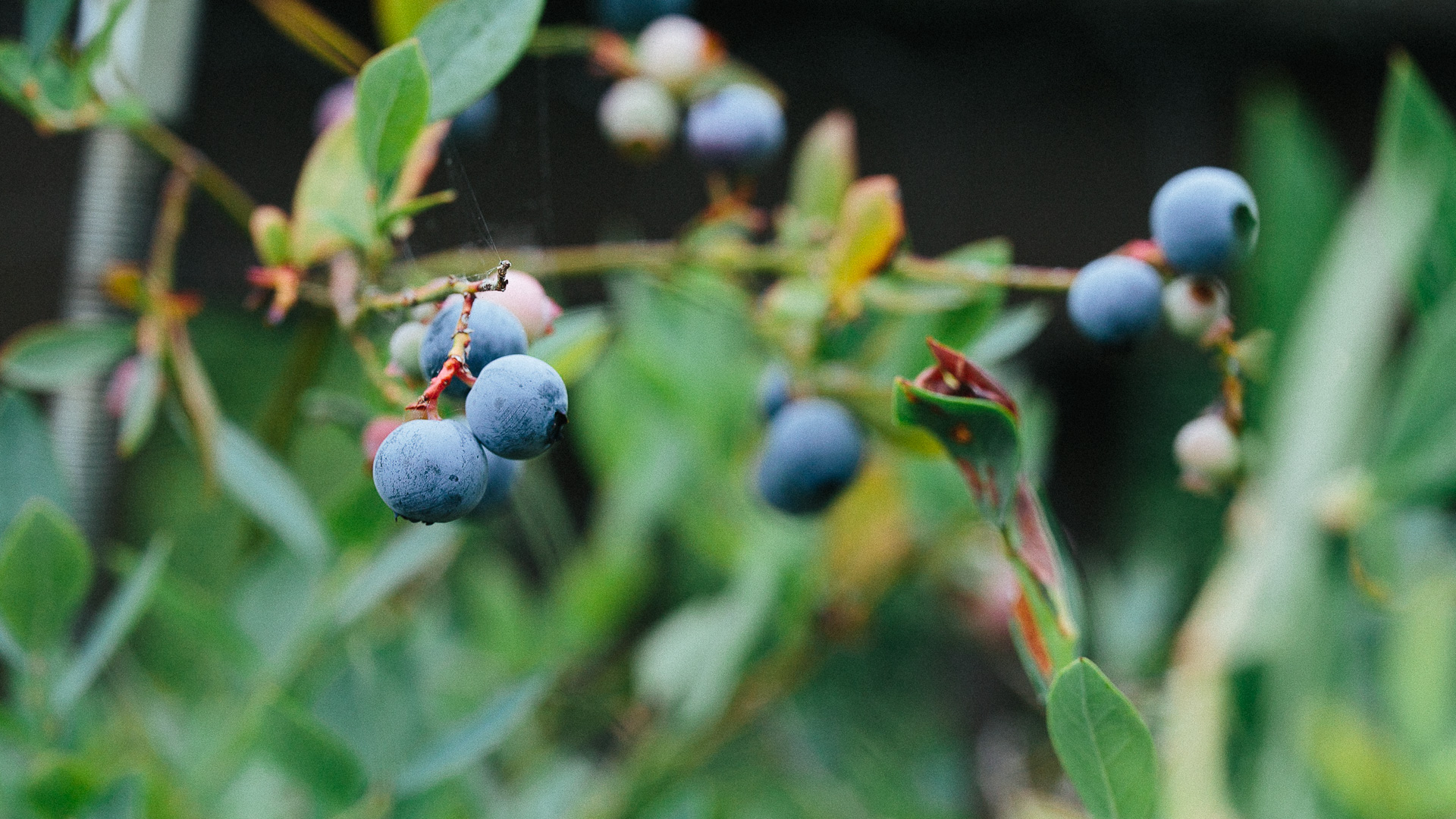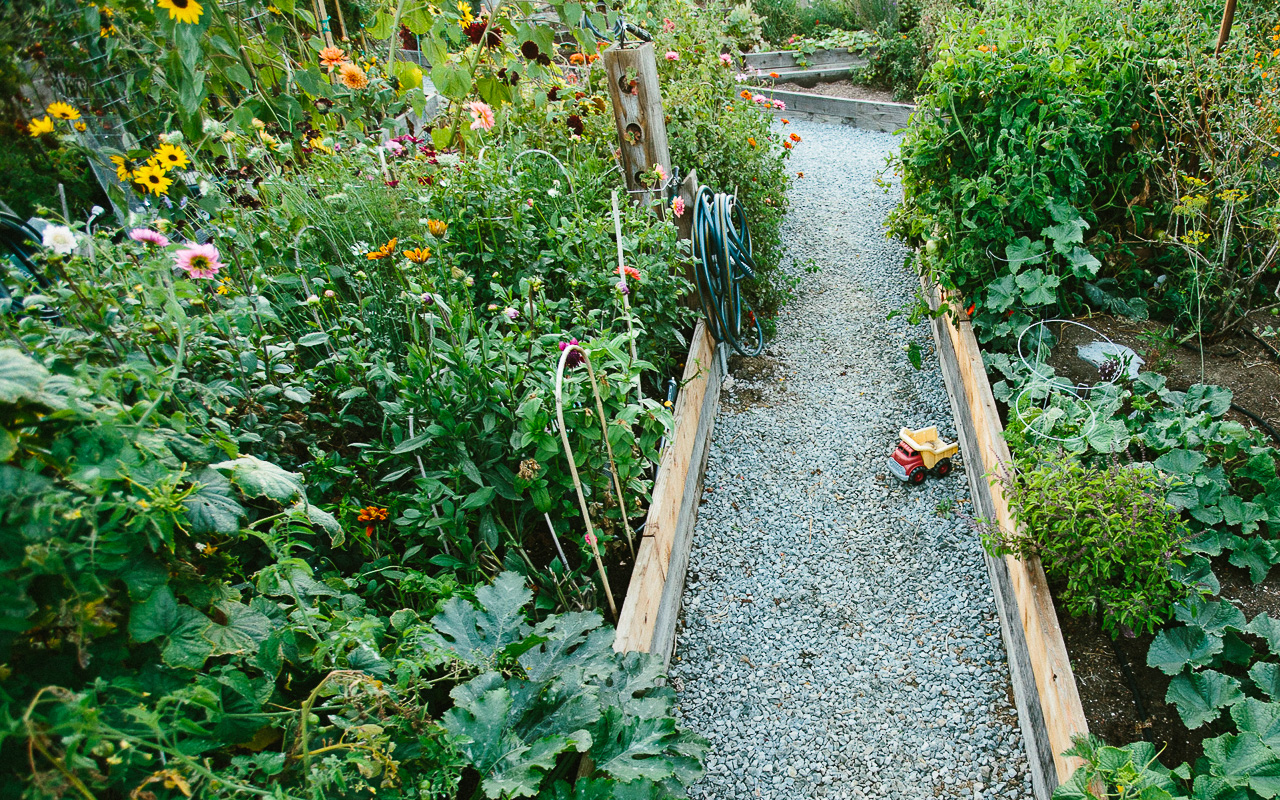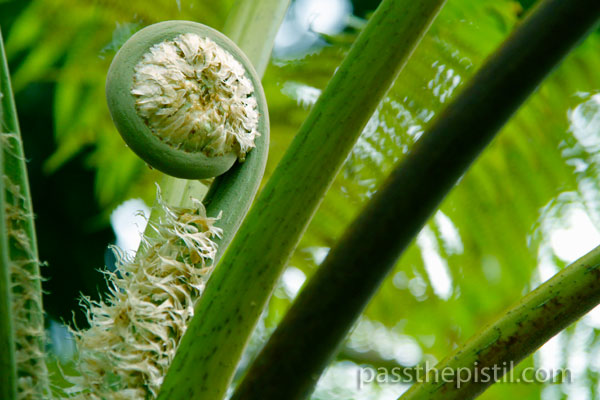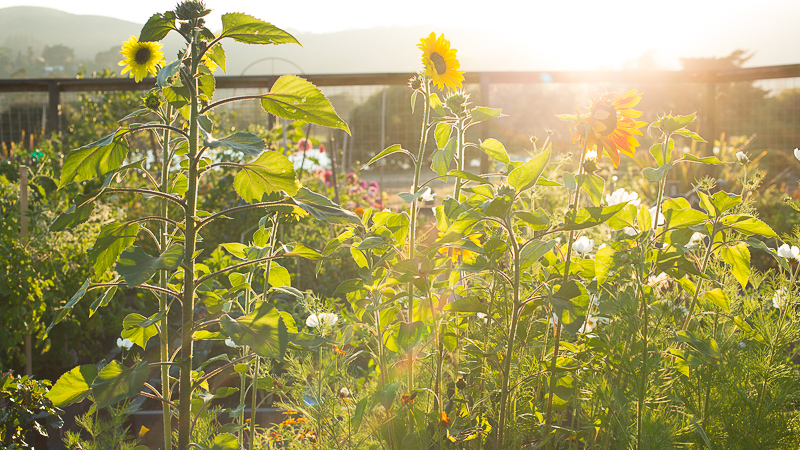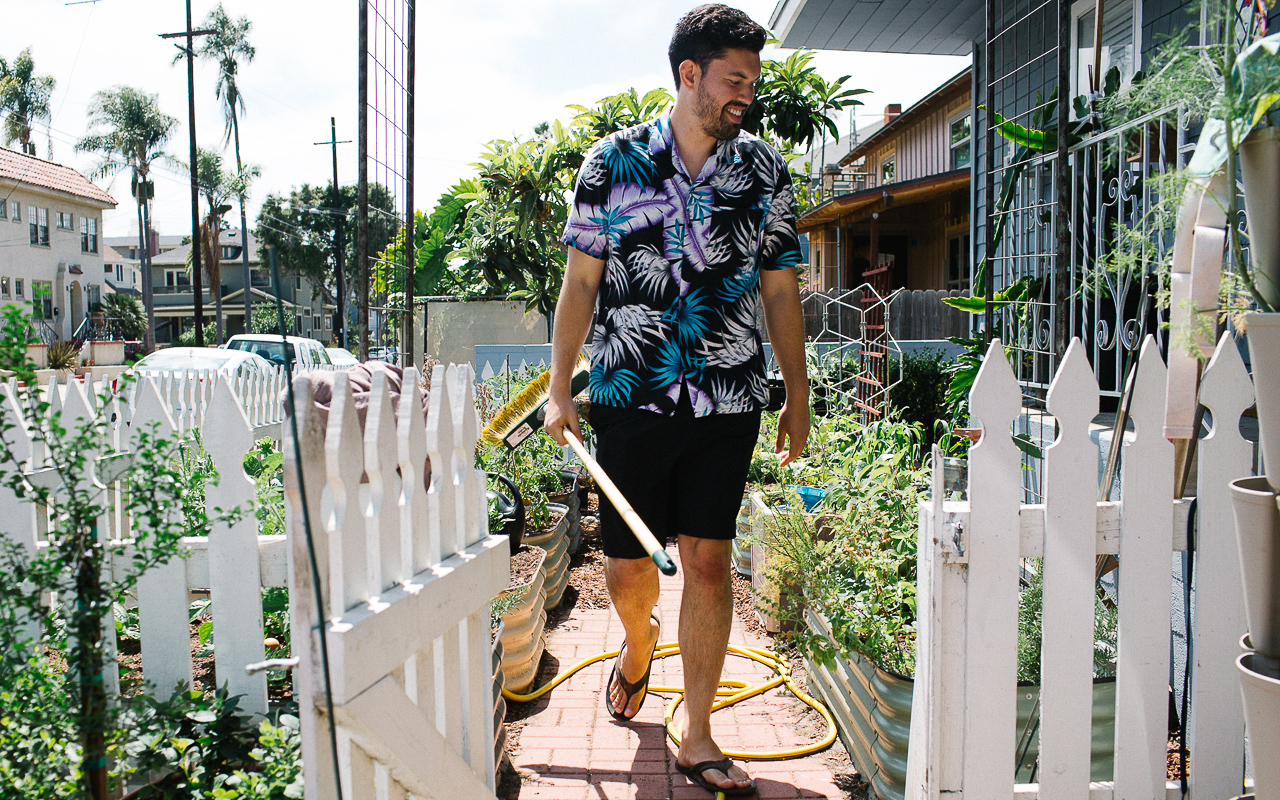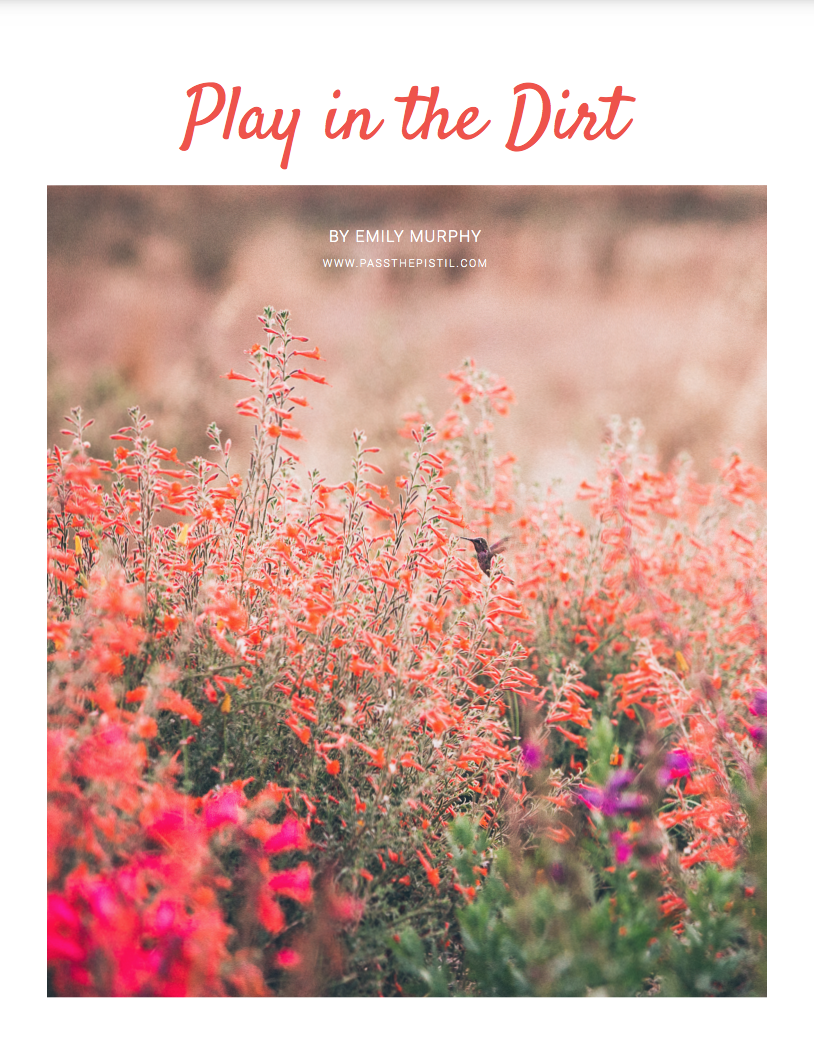How to Attract Ladybugs to Your Garden
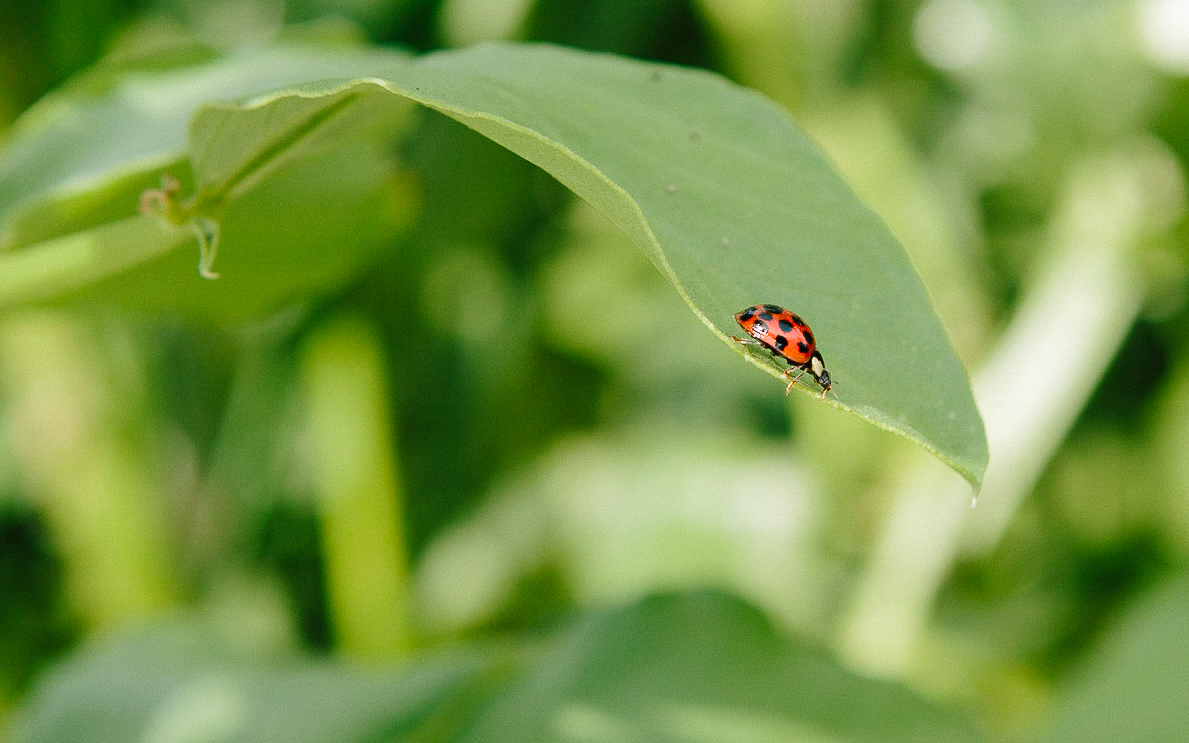

Are you wishing ladybugs would find your garden as easily as aphids? Never fear, the trick for attracting ladybugs to your garden begins with a simple, 4 letter word: FOOD.
It’s also important to remember that the basic needs of living creatures doesn’t vary too much from one to another. Food is primary, but so too are habitat, water, and an opportunity for homeostasis — a relatively stable state of equilibrium such as a livable temperature or a non-toxic environment.
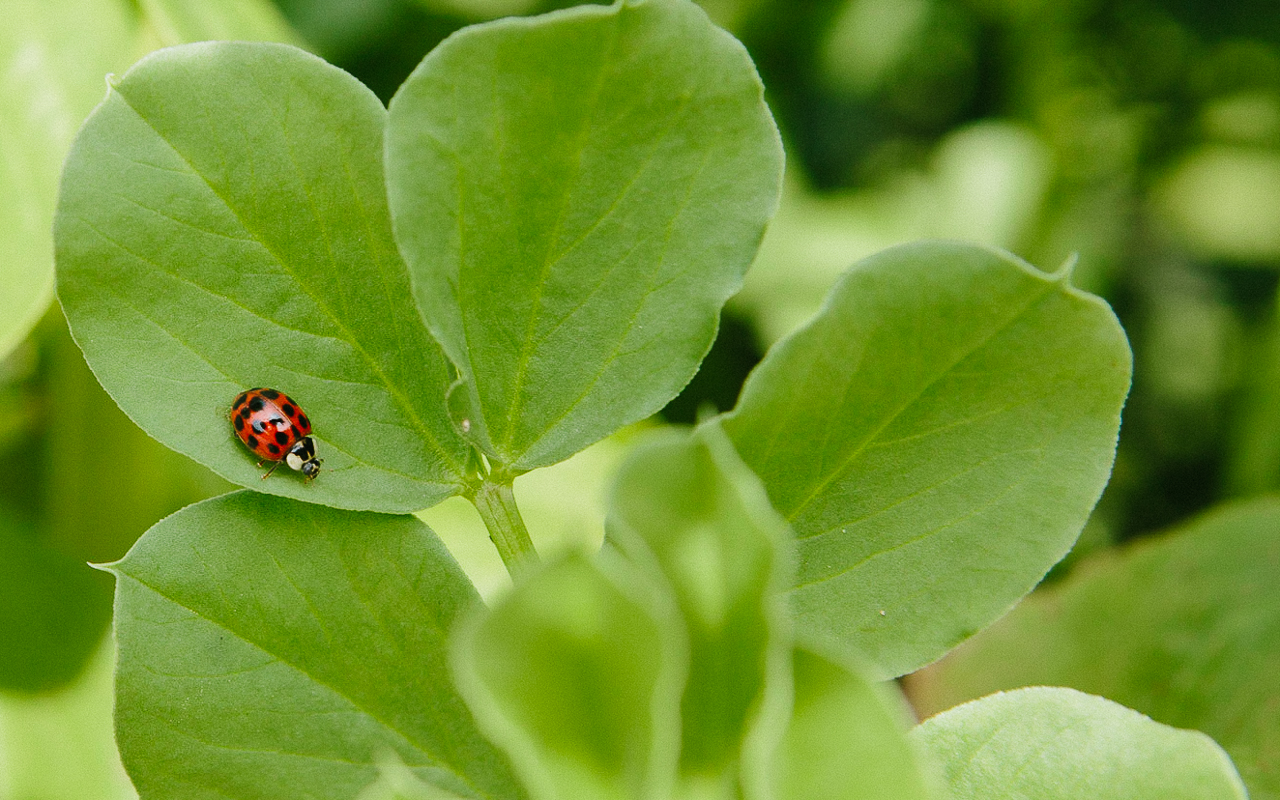
Ladybug Basics
As children, we love ladybugs for their good looks, the luck we’re told they bring, and the songs that we sing. As adults, we love them for these things and also for their appetite.
Ladybugs, also commonly called, ladybirds or lady beetles, are the good bugs of the garden. They eat many of the plant-eating pests that come visiting such as aphids, mites, and scale bugs. Some ladybugs, such as the Illeis galbula, even eat powdery mildew, and adult ladybugs add flower nectar and pollen to their diets.
Ladybug larvae are as equally important as adult ladybugs. If you spot small, alligator looking larvae in your garden it’s most likely a soon-to-be-ladybug. A ladybug can eat up to 5,000 aphids in her lifetime and the eating begins in the larval stage.
If you build it, they will come.
How to Attract Ladybugs to Your Garden & Encourage Them to Stay
Diversity is key to creating habitat for ladybugs and other, important garden creatures.
We like to group bugs into good bug and bad bug categories and, it’s true, bad bugs can be really bad. But generally with diversity also comes balance. So, what do I mean? I’m gently trying to say it’s okay to have some of the bad bugs visit your garden, otherwise, the good bugs wouldn’t have anything to eat.
If releasing ladybugs into your garden, find a location that has all the basic elements (food, water, habitat). Look for plants that are infested with aphids and start there.
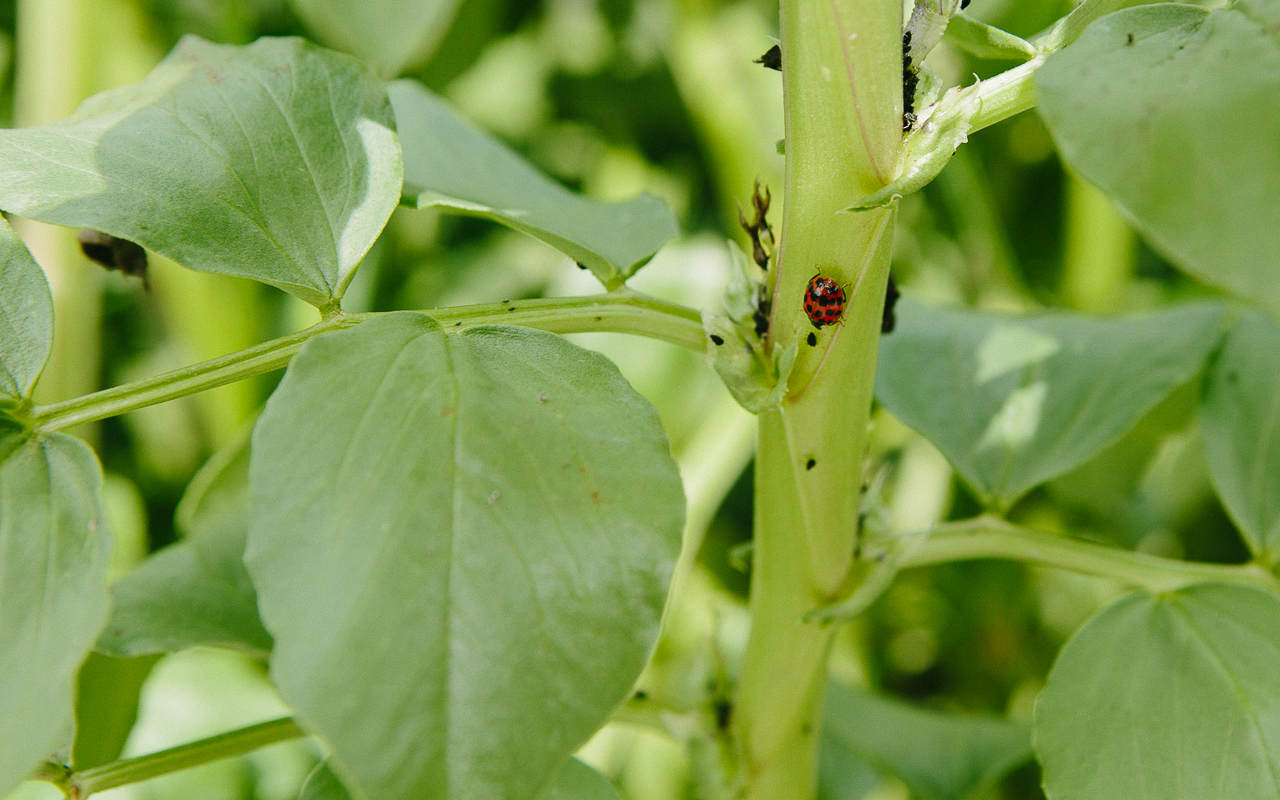
Think Living System to Attract Ladybugs
Don’t rush in with insecticidal soap at your first sight of aphids in the garden. Aphids are generally an early and critical food source for ladybugs in spring. Let some of them live and you’ll encourage ladybugs to follow.
Grow a variety of plants and interplant as you would with companion planting. Include edible flowers and herbs. See the Grow What You Love book for more details.
Avoid using chemicals in your garden. Build and grow your garden using organic practices.
Ladybugs are fairly nimble, but they appreciate flowers they can land and crawl over (much like a butterfly). Consider growing some of the following flowering plants to attract ladybugs.
Flowering Plants to Attract Ladybugs
- Yarrow
- Dill
- Dandelion
- Cosmos (particularly white and yellow varieties)
- Cilantro or Coriander
- Sunflowers
- Marigolds
- Veronica
- Vetch
- Queen Anne’s Lace
- Fennel
- Calendula
- Feverfew
- Chamomile
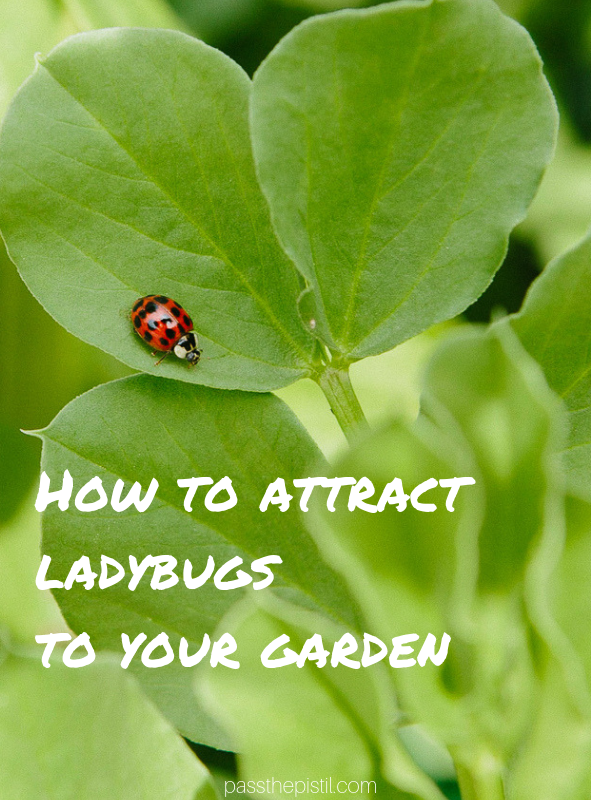 Other articles you might enjoy:
Other articles you might enjoy:
How to Attract Pollinators to Your Garden
The Best Soil for Your Garden (&You)
9 Learnings From the Butterfly Waystation at Portland Head Lighthouse
Listen
Buy The Book
Special offers
Newsletter Signup
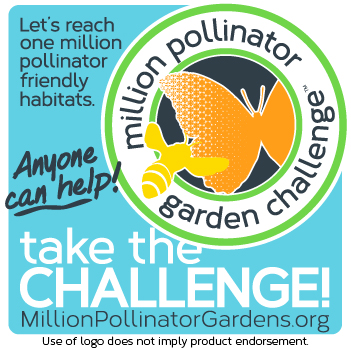
Archives
Disclosure
Pass The Pistil is a participant in the Amazon Services LLC Associates Program and other affiliate programs such as Etsy, affiliate advertising programs designed to provide a means for sites to earn fees by advertising and linking to curated affiliate sites.

